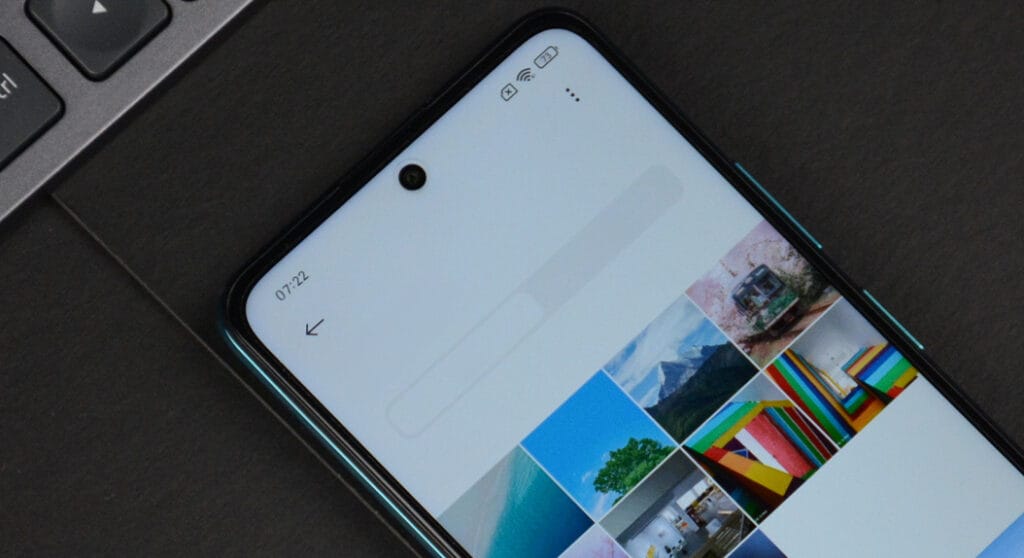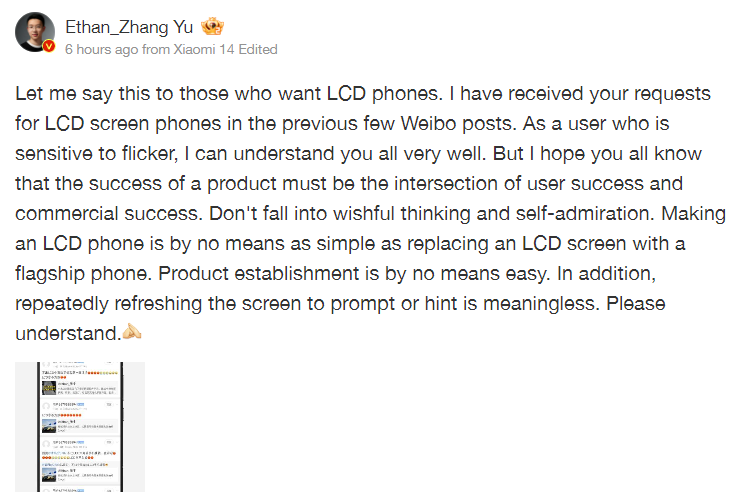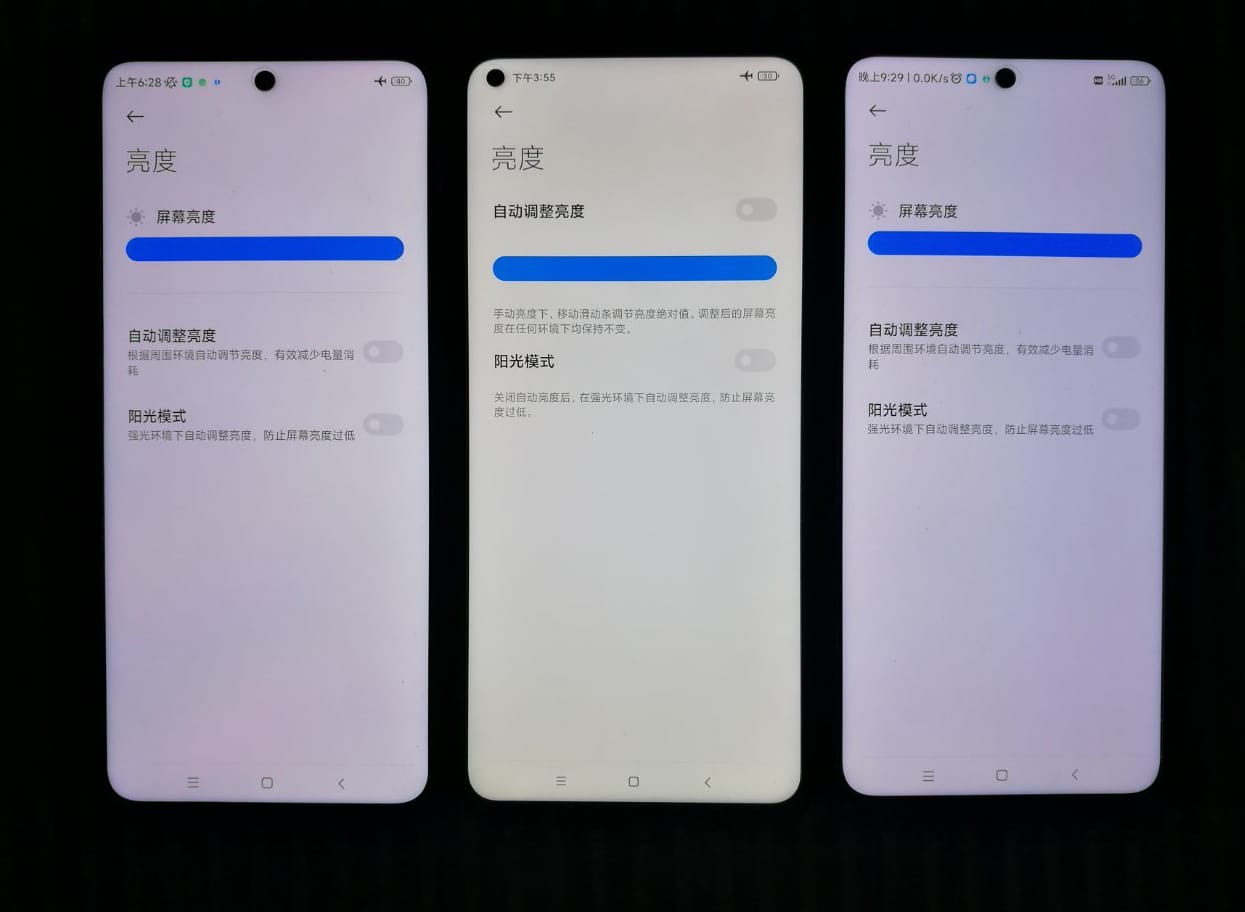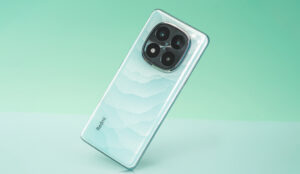In what now seems to be a major re-think of its display technology strategy, Redmi says it will no longer equip its flagship phone series with LCD screens. This includes the Redmi Note and Redmi K, two of the most popular series of phones from the company. The news came in the form of a Weibo post by Ethan, a high-ranking executives at Redmi, who said without beating an inch around the bush, “A flagship phone can only have an AMOLED screen.”
The move is touted to be radical as it would be the first time Redmi, under this brand identity, is moving away from its high-end yet affordable characteristics. There are some significant reasons why OEMs and users prefer AMOLED over other screen technologies: better color accuracy, contrast ratios, and turning off pixels for absolute blacks. This enhances the user experience through more vivid and dynamic visuals.
Understanding the Shift
He took to Weibo to post a message, seemingly as a reply and clarification, targeted mainly at the Redmi community, especially to counter users seeking LCD screens for their lower tendency to flicker sensitivity.
He wrote:
“Let me tell those who need an LCD Screen phone something. I have seen your requirements for LCD screen phones in the last few Weibo posts. I can understand all of you, as a user sensitive to flashes.”
However, Ethan said that the product’s success is not just a matter of matching specific user needs; more importantly, it embodies the achievement of commercial success. He mentioned that there are multifaceted problems in the development of products, particularly in integrating display technologies.
But I hope you guys all understand that the success of a product has to be at the intersection of user success and commercial success. Don’t fall into wishful thinking and self-admiration.
He further elaborated that making a flagship isn’t as easy as replacing an AMOLED screen with an LCD. The process involves deep consideration of the design, engineering, and market trends.
“It is not so easy to make an LCD phone. Just replace the LCD screen with that of a flagship phone. Product establishment does not come easy.”
Implications for Redmi and the Smartphone Market
By betting on only AMOLED displays on high-end series devices, Redmi is joining other premium brands historically inclined towards using AMOLED for aesthetic and functional reasons. The old ethos should raise the display experience in the flagships considerably, therefore probably attracting an even wider circle of prospective buyers seeking good image quality at not outrageously high prices.
This could turn out to be a slight disappointing for that subset of users who love LCDs in their phones. They tend to have less flicker and, sometimes—some think them—to last longer, too. Ethan’s post acknowledges these concerns but suggests Redmi’s strategy is focused on the broader market dynamics and the evolving preferences of most smartphone users.
Looking Ahead
As the industry for smartphones continues to evolve, which is starting to shift away from LCD-type displays toward AMOLED, manufacturers like Redmi do so. It would be difficult for consumers to challenge the assumption that future generations of Redmi flagship devices will have better display technology. They will inherit all the goodness brought by AMOLED: deep black levels, more saturated colors, and reduced power consumption with some content.
This move is indicative that Redmi will leave no stone unturned in the matter of adding value to its products to fight out a better share of the high-end smartphone segment while retaining its philosophy of value for money in a growing market. This move from Redmi may set the stage for other brands to follow suit regarding this transition towards using superior screen technologies with an ever-growing demand for better and better displays in the market.
It is an announcement more about changes in screen technology than adhering to market trends and consumer tastes. And though it would leave some of the LCD enthusiasts behind, this will turn out to be the coming of a new visual excellence age in the hands of users. Moving forward, we shall witness how well this decision will influence the design and performance of more upcoming flagship offerings from Redmi.


 Emir Bardakçı
Emir Bardakçı




Yes
This is a really good news. But what about prices?
I heard that there is no charger in upcoming phones of Xiaomi This is very bad.
I am using Xiaomi Phones since the launch of Xiaomi I like Xiaomi phones but when it comes without charger I will not use Xiaomi phones and will not prefer to others to use Xiaomi phones.
It’s not good for Xiaomi.
Have you bought a Xiaomi phone recently and you didn’t find a charger in the box? 😒😒
Redmi has been using amoled for a couple of years now.. except for entry level phones. This news isn’t new.
This news are good but what about us gaming in the phone?
Does this we still play the games at redmi?
With the recent news of chargers no longer coming with Xiaomi smartphones,. I’m not regretting switching to Samsung, (after using Xiaomi for 9 years) one little bit.